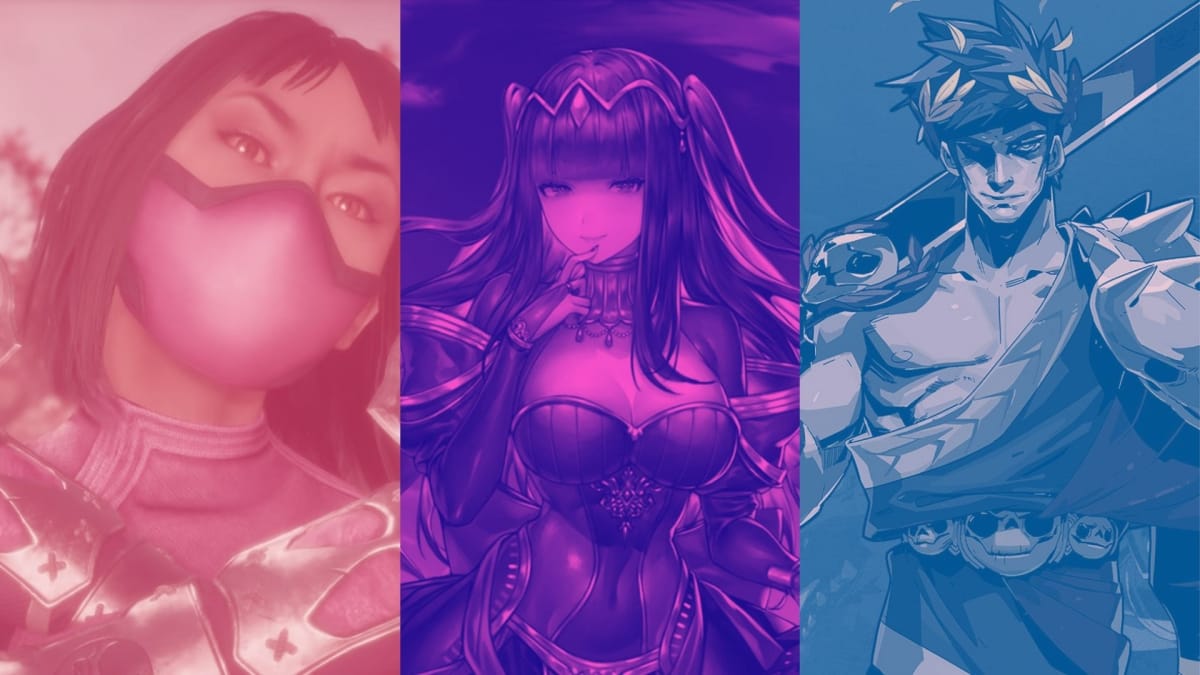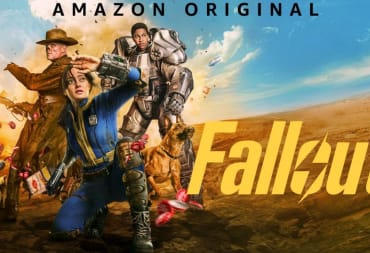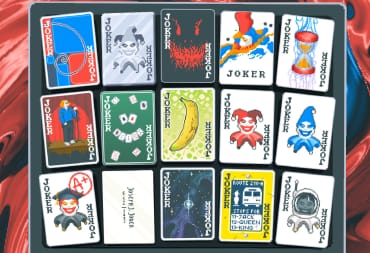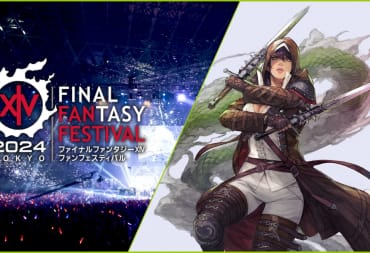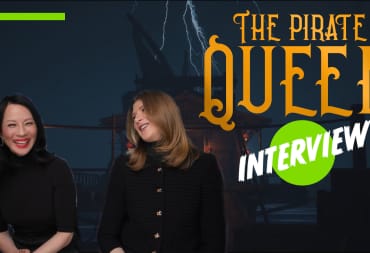The history of the LGBTQ community in video games is a long and varied one. But oftentimes, sexualities have received vastly different treatment from one another.
Think about your average game with romances. The bisexual and pansexual characters tend to be written a bit differently from gays and lesbians among them.
Today, we take a look at the world of bisexuality and pansexuality in video games.
1980s-1990s: Bi Easter Eggs
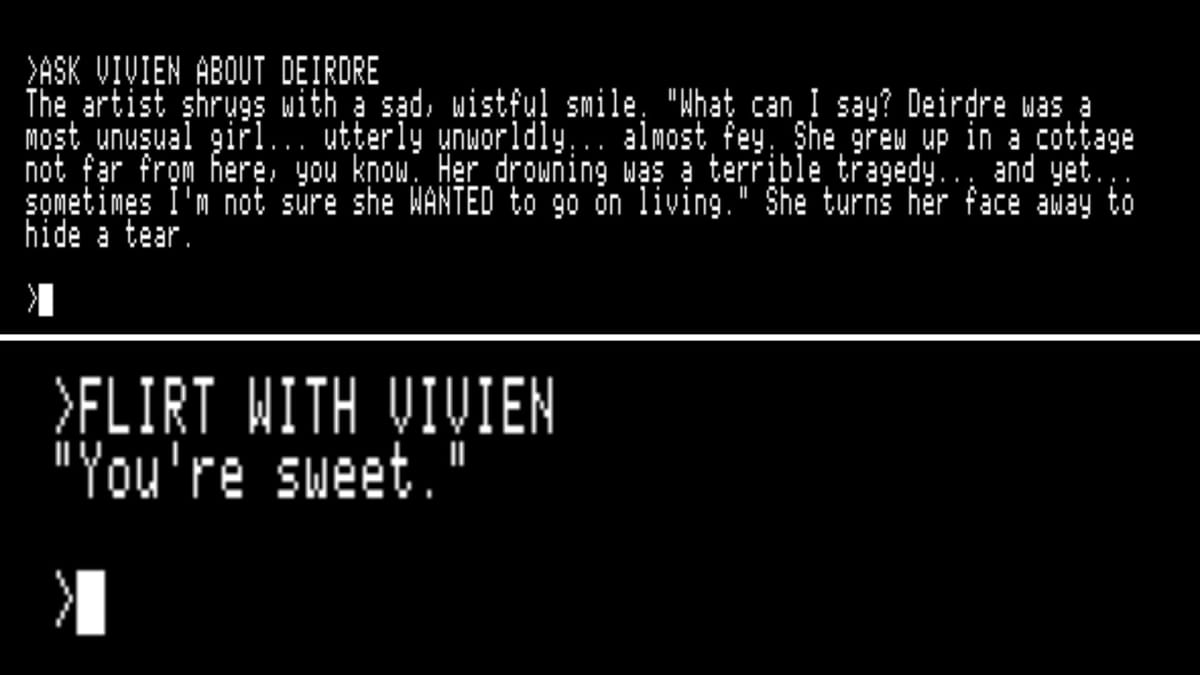
It’s weird to start any “history of gaming” article in the 1990s, but unfortunately, that is indeed where the real history of bisexual representation begins.
There is exactly one game we can talk about from the 1980s: Moonmist. This text-based detective game features a bisexual woman as part of the story, and also allows the main character to flirt with men and women. A central character, Deidre, was involved in a love triangle with a man and a woman. When this is brought up in the plot, it's surprisingly respectful for the time.
So despite other sexualities getting some representation in the '80s (for better or worse) we start our story in the 16-bit era.
Interestingly, this period is unique in the fact that there was a fair amount of gender balance in bi characters. This would certainly be the last era this could be said of, but male bisexual characters were just as prevalent as their female counterparts.
That’s not to say the boat was being pushed out much, however. What we see here is little more than bi easter eggs, slipped into games with otherwise no LGBTQ+ representation.
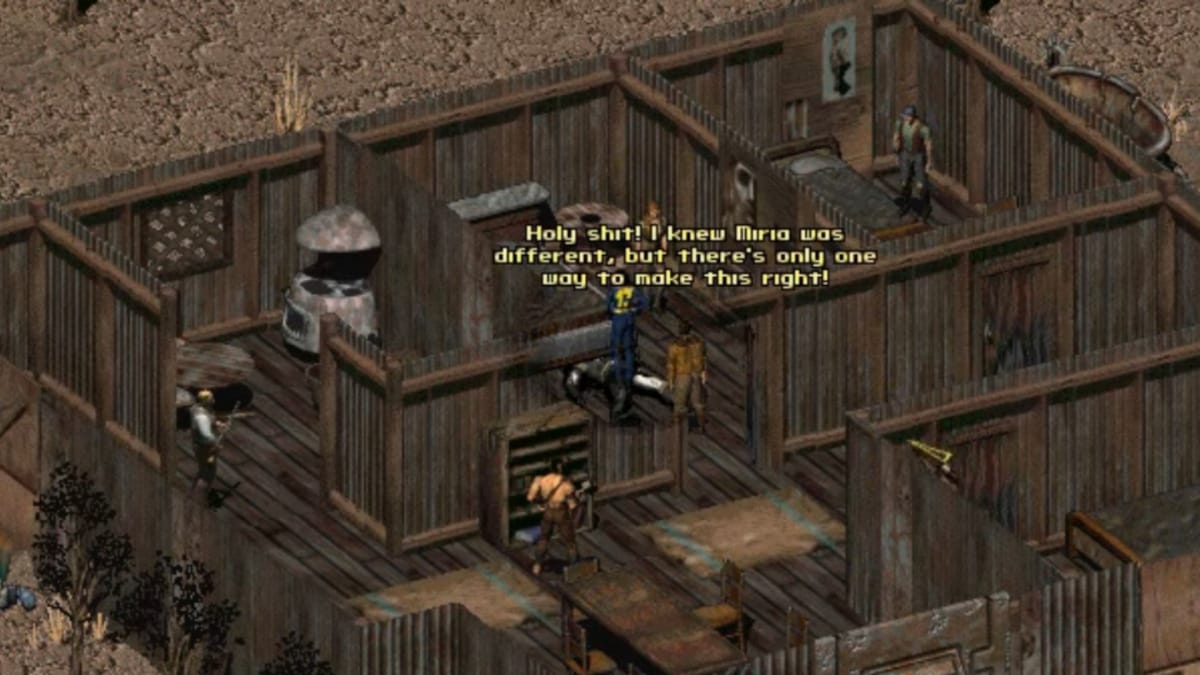
Take Fallout 2, for example. A little known fact about the classic RPG is that it holds the title for the first video game to feature same-sex marriage! Two bisexual characters, Miria and Davin, are available for the player to sleep with and then marry. But really, it sounds more impressive than it actually is: it’s really just a fun little side quest. You’re comically punished for sleeping with either NPC by being forced to marry them in a shotgun wedding, and forced to have the laughably weak companion follow you around, and probably die after a few enemy encounters.
Other sneaky references were just as small, such as in Ultima VII Part 2, Serpent Isle, where a male mage will make a pass at the player regardless of gender.
When attempted to be done more seriously, it was very much hidden away, such as in Japanese dating sim True Love, which had an option to ignore all the available ladies and get with the player character’s male and bisexual best friend instead. However, this was nowhere near as fleshed out as the other options.
Perhaps the only title of the decade to best reflect how bisexual characters are treated now is Star Ocean: The Second Story, where either main character had their choice of the male or female teammate to take out on a date.
We’d have to wait until the 2000s until it got more overt, with BioWare’s hidden gem, Jade Empire, pioneering the “BioWare romance” as we know it today, featuring three bisexual main characters.
1990s-2010s: Crazy in Love
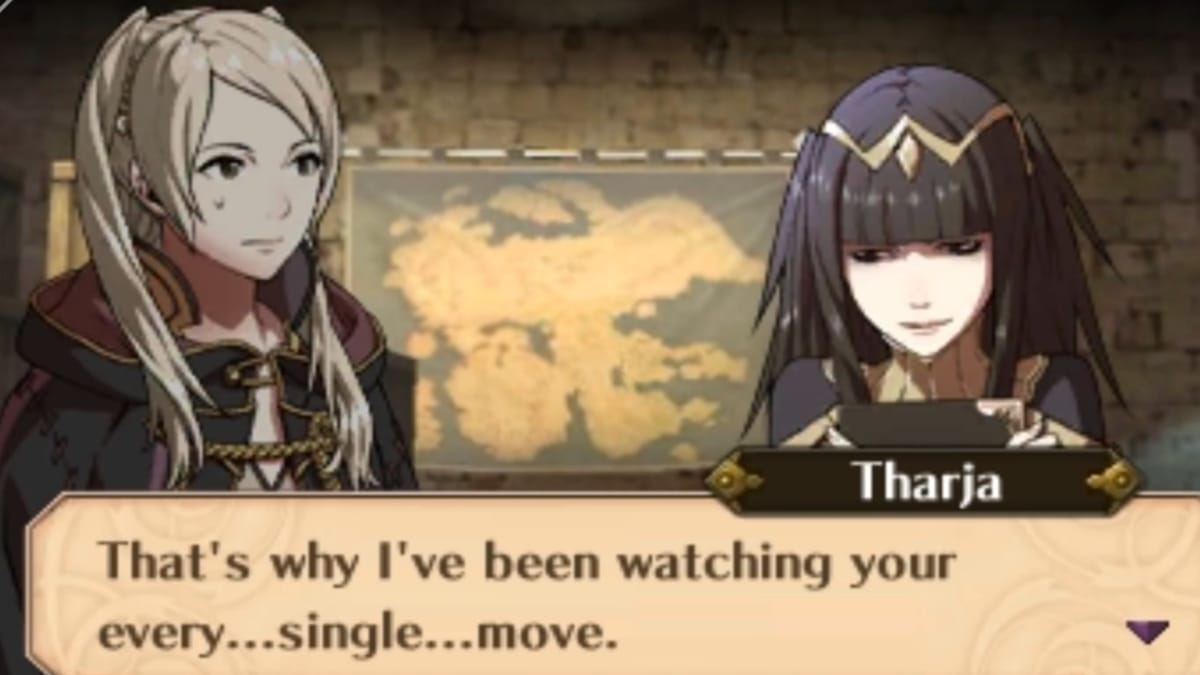
The difference between the '90s and 2000s is night and day. Whereas the previous decade made shy attempts to sneak in some representation, suddenly, in this age of video-game controversy, many more studios were willing to take the gamble... sort of. After all, they still had to market these games to a crowd which wasn't used to much queer representation.
To make queer characters more palatable, they have often been relegated to the roles of villains. However, what makes bisexual villains unique to the rest of the queer community is that the bad guy status is coupled with insanity. How do you “bi code” a villain? Well, if you're going for the "depraved bisexual" trope, you make them batshit crazy, apparently.
Take Reaver from Fable 2 and 3. It’s impossible not to fall in love with this amoral sociopath. He openly uses others and is only fueled by whatever amuses him at one particular moment. He lives in sheer luxury above the poorest in Albion.
Quite literally anything goes with Reaver. But rather than just happening to be bi, his being bisexual is an extension of his uncaring nature, with how he’ll use people and discard them—he doesn’t care enough about his victims to be fussed over what gender they are.
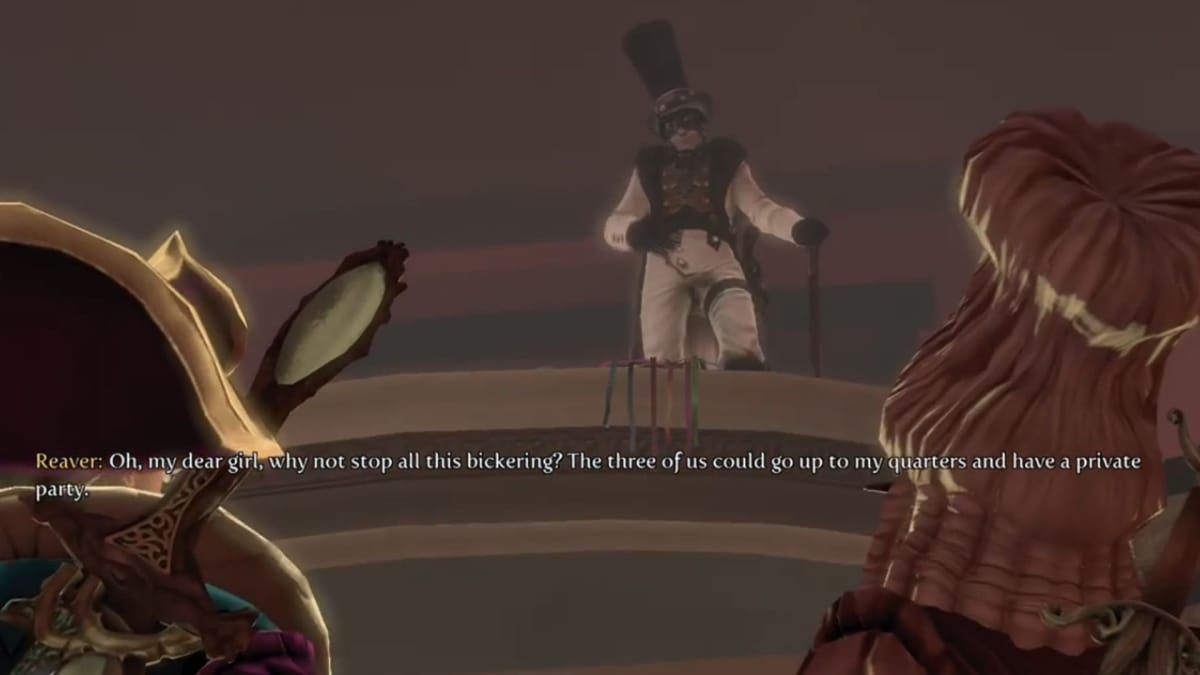
It isn’t just in the West either. It’s interesting that the one character in Fire Emblem: Awakening who isn’t heterosexual is Tharja, one of the most depraved units you can pick up. The fact that she’s the only one into Robin regardless of their gender is intended to add to her sense of creepiness and obsession with the main character—she’s the only one that doesn’t care what’s in Robin’s pants.
Street Fighter’s Juri Han is another, with her violent taunts mixed with sexual undertones. But this trope is at its most potent in Grand Theft Auto IV, with Eddie Low lacing one of the most off-putting quotes in the game with his overt bisexuality:
Eddie: I like boys. I like girls too. Both are fun in different ways. The same ways as well. We're all the same under those layers of hair, and skin, and fat. Everyone's got the same rotten livers and black hearts underneath it all.
While the trope may be dying out in recent years, it isn't completely gone. Mortal Kombat’s Mileena was revealed to queer too. She’d often flirted with male characters, but her ending in Mortal Kombat 11 saw her settling down with Tanya. Mileena, however, is the psychotically evil version of her sister, Kitana—who is as close to a saint as you can get in the franchise, and seemingly exclusively into dudes. Despite this, it's debatable whether or not this falls into the trope, as her relationship seems to be fueled by a genuine desire to feel accepted, rather than her usual hypersexuality or insanity.
So are all of these examples bad and harmful? There’s not really a clean cut answer to this. Yes, the view that bisexual people are greedy, hypersexual, and emotionally distant is an ever-prevalent one on the dating scene. However, on a personal note, we love these characters, right? I’d been rooting for queer Mileena since her and Tanya’s flirty exchanges in Mortal Kombat X, and I’m with the majority of Fable fans in thinking Reaver is one of the best characters in the series.
Overall, it’s about balance. These characters are great, but it can look bad when these are the only ones on the market. However, when a studio decides to not lean into the “depraved bisexual” trope, that’s when another form of controversy comes knocking.
2000s-2010s: Fox News Joins the Fight
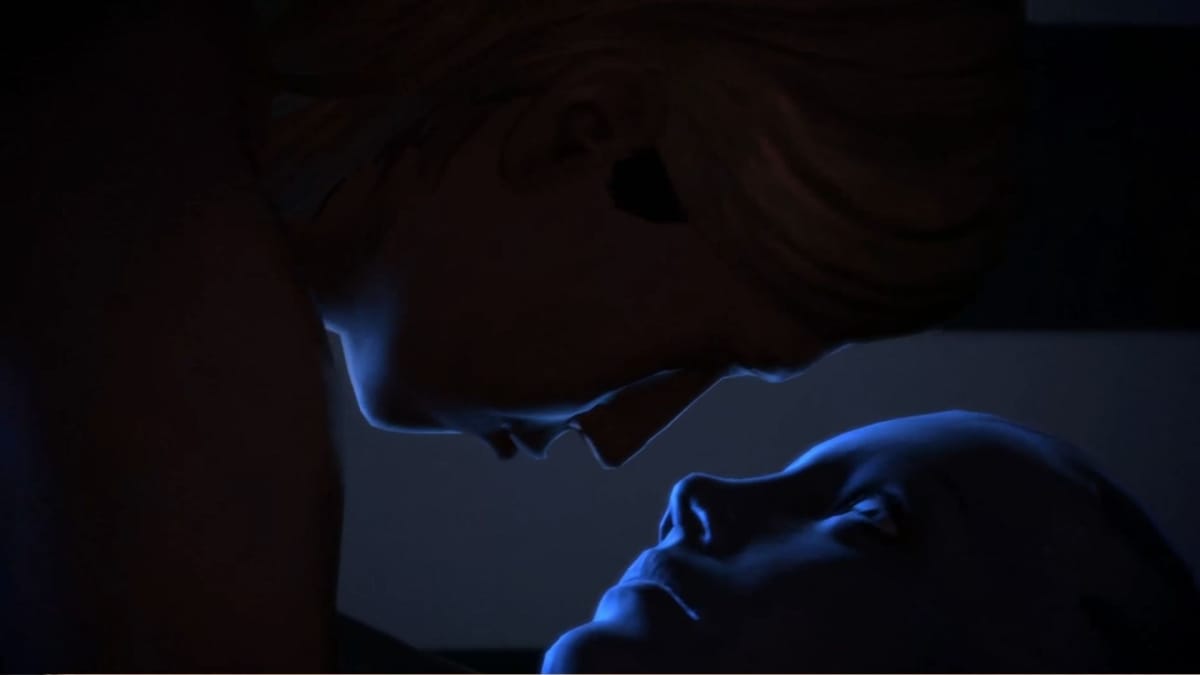
Not everyone was making their bisexual lasses (and it was pretty much just lasses back then) criminally insane. Yep, the one you’ve been waiting for: Mass Effect.
Sure, a few tropes persisted. The Asari are a bunch of stereotypically gorgeous female-coded aliens, who view sex as some sort of spiritual act. They were certainly created with a straight audience in mind.
However, Mass Effect won over the hearts of gamers with the adorkable Liara and created one of the most iconic queer alien species of all time. But of course, there’s one group who weren’t happy: Fox News. Of course, they openly lied about the content, claiming it would feature “graphic nudity” and “full sex.” Most relevant to our discussion here, every image they used in the segment was a screengrab from the femshep/Liara sex scene, adding to this cultural understanding of bisexual women inherently being pornographic.
Not shy to controversy, Rockstar’s Bully received similar treatment for the ability to kiss other boys in the game. The studio strongly defended the inclusion, and it got past censors due to it being optional.
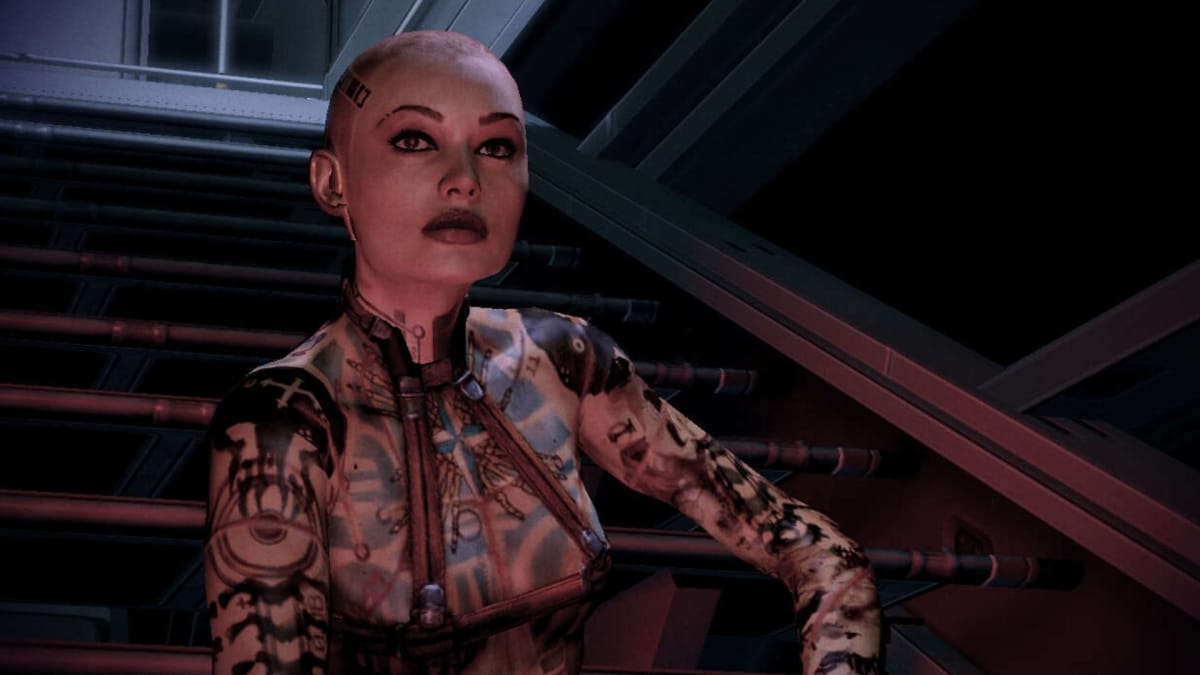
There’s no denying BioWare and EA chickened out after this pushback. Mass Effect 2 had the bisexual characters Kelly Chambers and Samara, but they are not treated as “full romances.”
We now know (to almost no one’s surprise) that Jack was intended to be available to both male and femshep. Her unconventionally attractive appearance would have made her stand out from other queer female characters at the time. Hell, she may have been the first to actually be described as pansexual (even for bi characters, the gaming industry has never been big on labels).
Perhaps in another attempt to mitigate controversy, bi dudes didn’t get a shoutout until Mass Effect 3, with Kaidan now available to both Shepards. Interestingly, Dragon Age, with its fraction of the Mass Effect publicity, got two bisexual characters in the first game: Zevran and Leliana. Zevran in particular actually discusses his sexuality with the player, making the depiction just that more realistic, rather than more of a gameplay mechanic.
2010s: Oops! All Pan
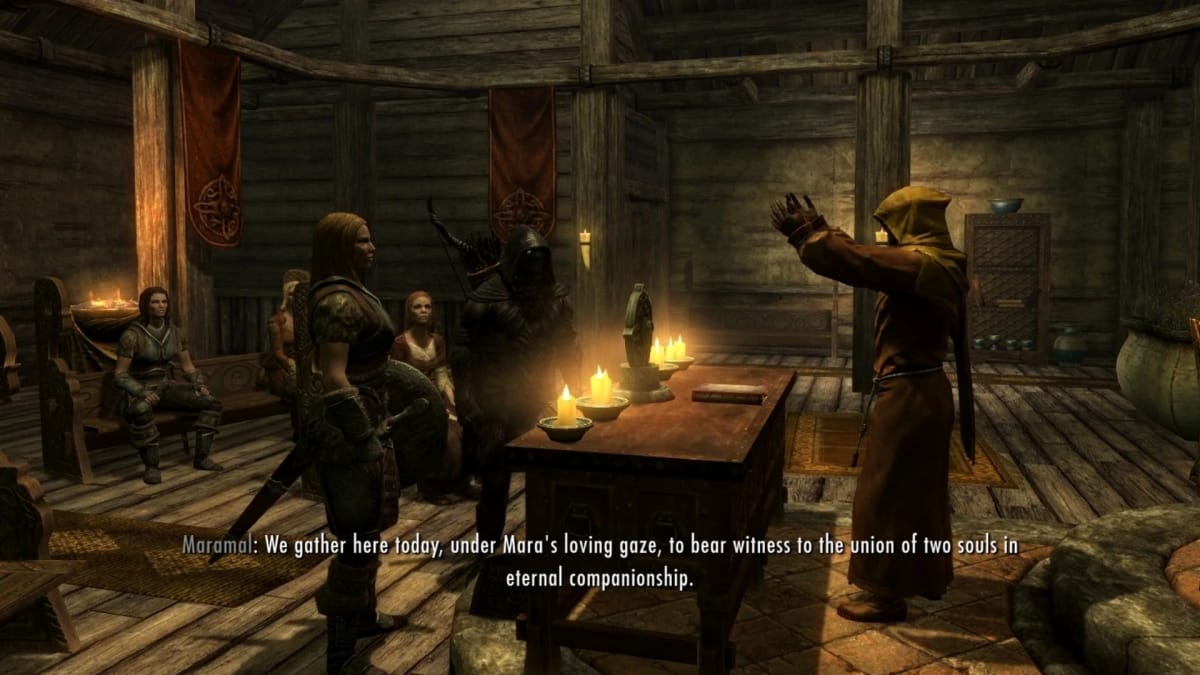
So, making a character’s bisexuality part of their character is pretty controversial. You do it wrong, and you’ve potentially hurt some people already facing bigotry for their sexuality. You do it right, and you might have a moral panic on your hands, or some angry comments saying you’ve “gone woke.” So, what can you do? Make everyone pan, of course.
If sexuality isn’t a big deal in the game’s setting, it’s likely a lot harder to offend either crowd. So while some games in the 2000s used bisexuality to highlight a character's insanity, others used it to highlight how forward thinking their world is, that no one cares who you’re shagging.
There’s no real offense caused here. Hell, bi/pan players luck out the most, having the most romance options at their disposal.
Games to take this approach include The Elder Scrolls V: Skyrim, which was a pretty unproblematic inclusion, considering there wasn’t a heck of a lot of depth to the marriages in game. It got a lot more attention in Fallout 4, as the options overall had a lot more character, making it all the more amusing that all seven of the eligible bachelors/bachelorettes you pick up aren’t picky when it comes to gender.
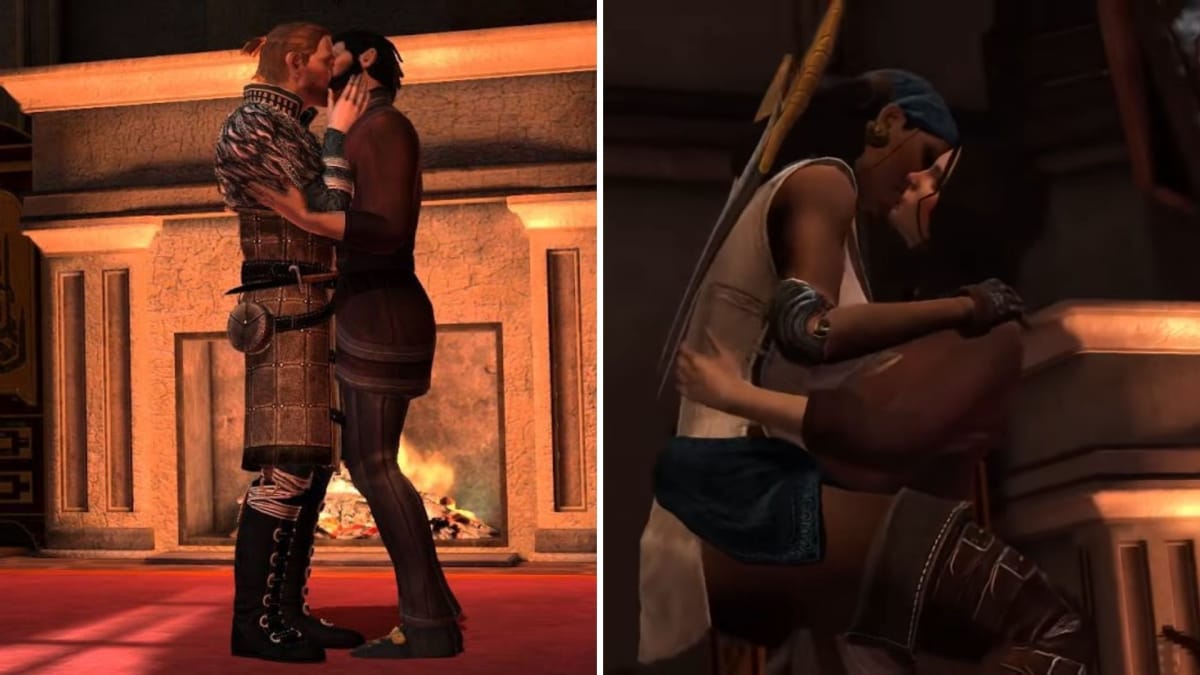
So while it’s great for player choice, this does unfortunately neuter the impact of their inclusion, as well as limit what kind of stories you can tell. Fallout: New Vegas dealt with the issue of homophobia throughout the wasteland, but by the time of Fallout 4, I guess the Brotherhood rolled out some unconscious bias training, because no one bats an eye. Not every story needs to tackle homophobia, of course, it might very well not be an issue in the setting, but in those meant to reflect the real world, it will be. And some brilliant queer stories can come from that.
In a sense, the Skyrim, Fallout 4, and Dragon Age II trait of everyone being pansexual creates this issue with representation, where being bi or pan isn’t so much treated as a unique sexuality, but a gameplay mechanic. Those queer stories I was talking about? The ones that come to mind include Dorian in Dragon Age: Inquisition and Veronica from New Vegas, who are both gay.
Having more options is brilliant, and was especially impressive in the 2000s. But at times, it did feel that bisexuality wasn’t taken particularly seriously as a sexuality. But that was all about to change.
2010s-2020s: Hey, Look, Variety!
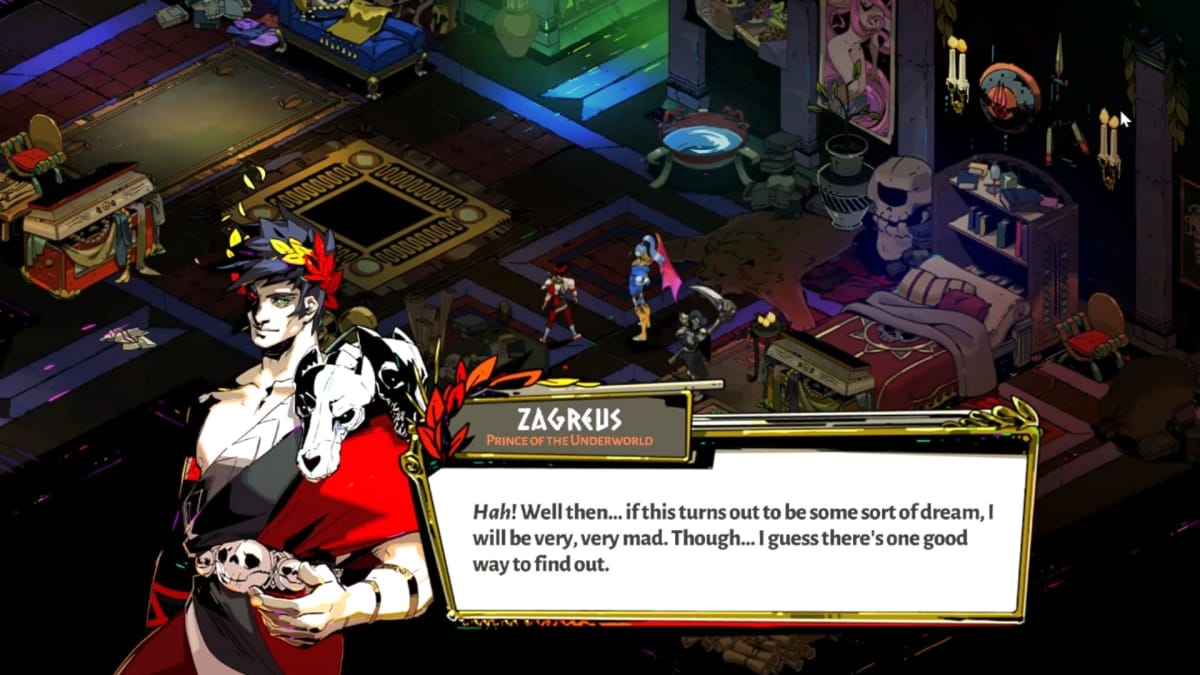
It took decades, but finally. Sexuality in general is in a much healthier place in gaming, and bisexuality in particular is being explored in queer media for the wonderfully varied experience it can be.
More than a convenient romance mechanic, something to get you off, or shorthand for a character being a bit of a dick, now gaming appreciates that there’s layers to this experience, and with that, comes new storytelling potential.
Even now, a character like Parvati feels too good to be true. This companion in The Outer Worlds is perhaps the first major piece of asexual representation, and possibly many player’s introduction to the concept of being biromantic. Her personal quest line revolves around her crush on another woman, and fearing rejection due to her lack of sexual attraction, just romantic.
It’s almost quite meta. In the late-stage capitalist hellhole of The Outer Words, Parvati stands out as shy and not driven by consumerism. In terms of bisexual representation, she stands out for being non-sexual or sexualized.
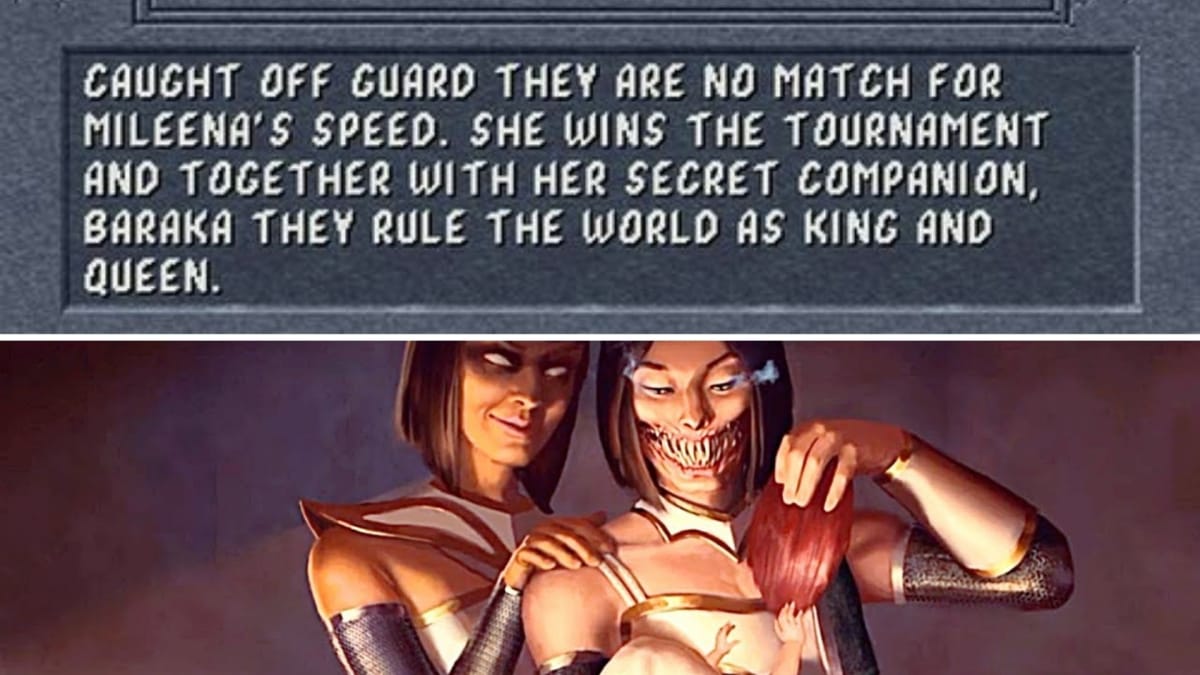
Much in the same vein there’s Mae Borowski and Max Caulfield from Night in the Woods and Life is Strange respectively. I can’t think of any other pieces of media that depict a young adult bisexual/pansexual girl as awkward and romantically frustrated. While having the Poison Ivys and Isabelas of the gaming world in our corner is empowering, sometimes it's nice for the dorks among us to get some love too.
For the first time in forever, bi guys are getting some rep too! Most recently, we have Zagreus from the universally adored Hades, who can pursue simultaneous relationships with Megaera and Thanatos. This was absolutely groundbreaking for bi-guy representation, as Hades is the first title with a queer-male lead to get a major nomination at The Game Awards—hopefully a sign of things to come.
Dream Daddy: A Dad Dating Simulator feels like one of those lovingly crafted underground queer games of the 1990s, but this time around, it does show some love to the B and T in LGBT. Undertale is another highlight in this department, giving us the lovably awkward and completely non-sexualized Alphys, for the bi girls out there that feel more comfortable binging anime than flirting.
And as silly as this may seem to close on: I strongly feel that the biggest indicator of the progress we’ve made is actually Mileena in Mortal Kombat 11. Not because it’s smashing any glass ceilings (we already met our quota of hot female villains waving the bi flag), but because of how differently this would have been done if the queer reveal happened in the 2000s.
My fellow Mileena mains will tell you that our favorite murderous babe has always had a... crowd-pleasing design. If an earlier title had spilled the beans on her love of ladies, well, she easily would have gone the way of other female characters at the time, with her sexuality only used for guys to gawk at. But in 2020, the long-reigning fan favorite’s bi reveal came in the form of an epilogue, in which she settles down with Tanya and has a child. She’s still an insanely hot bisexual lady, and she’s still completely murderous, but her sexuality isn’t an extension of her madness, and it’s not for sexual gratification. She’s just a person who happens to be bisexual, and the future looks bright for getting more of that.
There it is folks: a quick history of bisexuality and pansexuality in video games! It’s been a wild ride. What are your personal highlights/lowlights? What kind of bisexual characters would you like to see more of in gaming? Let us know in the comments below!
Have a tip, or want to point out something we missed? Leave a Comment or e-mail us at tips@techraptor.net
